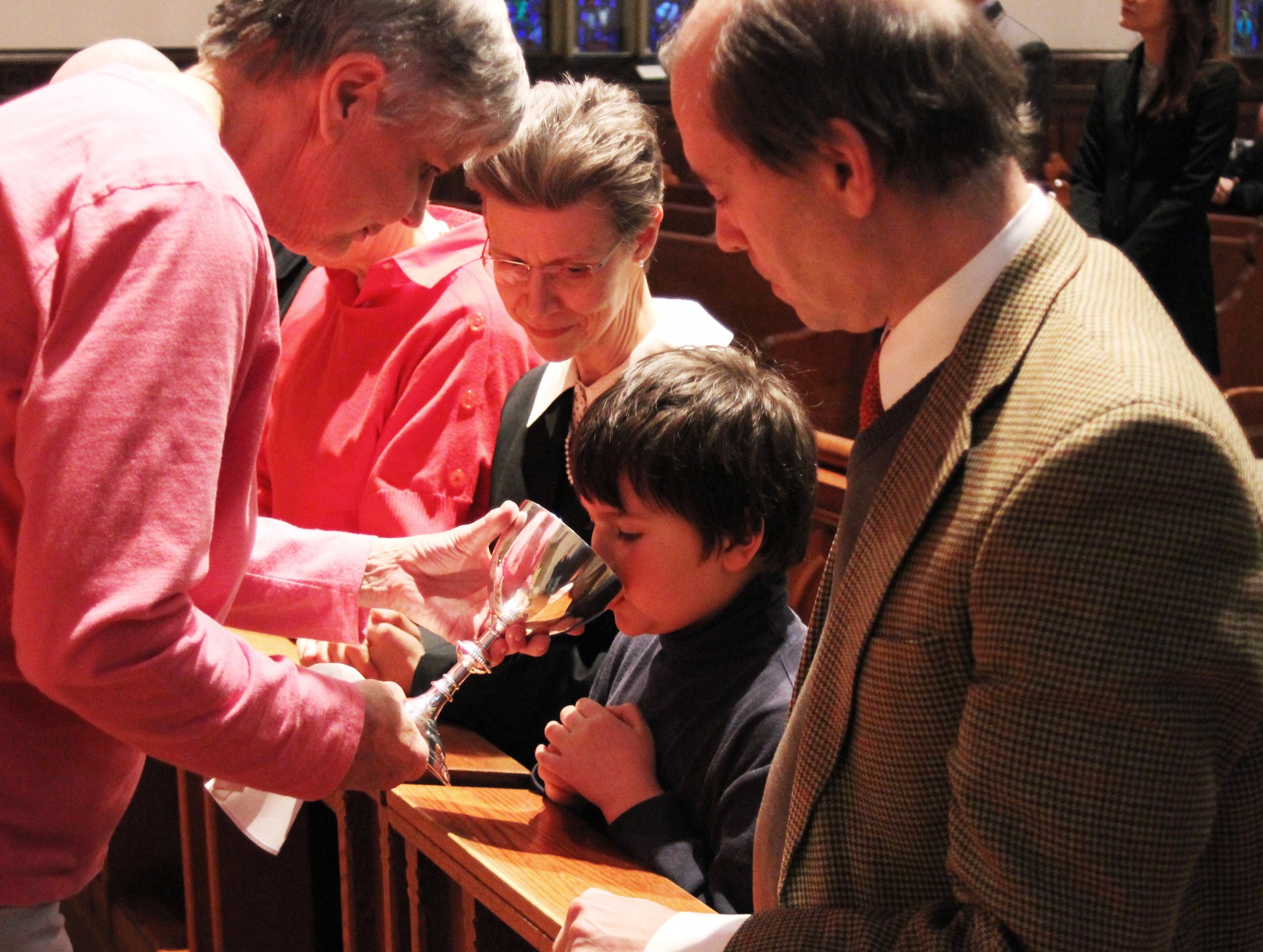
WHO WE ARE
Get to know Grace Church
Our Mission:
To share the love of Jesus Christ in worship and service;
To provide a welcoming place where Anglican tradition can engage the contemporary world; and
To extend ourselves through outreach to our neighbors and the global community.
Want to learn more?
Inquirers, Baptism, and Confirmation Classes
Classes for newcomers wanting to learn more about Jesus Christ and the Episcopal Church, seeking baptism or confirmation, are held in the fall and spring. Look for more information in our publications
What does it mean to be an "Episcopalian"?
A brief history of the Episcopal Church
We are an inclusive church. Our vestry has adopted a Statement of Inclusion.
What to expect when you visit for the first time...
Links:
Subscribe to GraceNotes, our bi-weekly e-newsletter.
Preaching Grace on the Square: Jonathan’s blog, where you can find his sermons and reflections on God, Jesus Christ, and ministry in downtown Madison
Website for the Diocese of Milwaukee
Episcopal Diocese of Milwaukee's E-Newsletter
Website of the Episcopal Church
Please don't hesitate to contact a member of the clergy or the church office if you have additional questions about the Anglican faith tradition or worship services at Grace. We're here to journey together.
Anglicanism
The roots of Grace Church and the Episcopal Church go all the way back to the English Reformation of the sixteenth century. King Henry VIII broke away from the Roman Catholic church when Pope Clement VII refused to grant him an annulment of his marriage with Catherine of Aragon. Through the leadership of Archbishop of Canterbury Thomas Cranmer, the Church of England sought a middle way between the worship style of Roman Catholicism and the austerity of the worship of the Calvinist tradition.
Cranmer was responsible for the translation of the liturgy into English. The Book of Common Prayer, first published in 1549 and revised over the centuries to reflect the worship and cultures of people throughout the world, continues to be the basis for our worship services.
When Henry’s daughter Elizabeth came to the throne in 1558, the Elizabethan Settlement preserved the Church of England’s “middle way” between Catholicism and Protestantism.
The colonists who came from England to Jamestown, and later to the other southern colonies, brought the Book of Common Prayer with them. With independence, Anglicans in America needed bishops, their own organization, and a Book of Common Prayer that did not include prayers for the king. The Protestant Episcopal Church of the United State was founded in 1789.
Our Faith
Anglican faith is rooted in and nourished by the Christian tradition. Holy Scripture is central to our faith and practice, but we draw on the theological and spiritual traditions of all of Christianity, East and West. In the early centuries of Christianity, intense battles were fought over the meaning of Jesus Christ, the Trinity, and the relationship of human and divine in Christ. From these battles emerged the great creeds of the early church, especially the Nicene Creed, which defines the Christian faith, and which we recite every Sunday.
But our faith is not simply a transmission of what is old. We bring all of our questions to scripture and tradition— questions derived from our experience and from our great scientific discoveries of the last half-millennium. In conversation with scripture, tradition, and reason, we develop answers to these questions that are tentative but faithful to both the past and present.
The Heritage of Grace Church
On Saturday, July 28, 1838, the Rt. Rev. Jackson Kemper, Missionary Bishop of the Northwest, with two traveling companions arrived in Madison, Wisconsin. With more mosquitoes than houses, this "city of four lakes" was on the verge of becoming the capital of the Territory and was ripe for the "immediate labors of a missionary."
What began with services in a roughly built storefront quickly resulted in the construction of a small chapel and in September 1855, one year before the city of Madison was granted a charter, the ground was broken on the West Washington corner of the Capitol Square for a gothic sandstone structure to be named Grace Episcopal Church.
On Sunday, February 14, 1858, worshipers gathered for the first time in the newly built place of worship. Over the years, many of the most prominent families in Madison and Wisconsin have called Grace home, and Presidents Grover Cleveland and Harry Truman worshiped here. The deep faith of those early generations has left a legacy of commitment to Jesus Christ and to the community that is symbolized in works of art like the Baptistry Window designed by Louis Comfort Tiffany and our long tradition of outreach in the community and the world.
By the time American artist Georgia O'Keeffe was baptized here on August 31, 1888, Grace was a well-established parish. Today Grace is home to congregants from all religious backgrounds who have found a spiritual home in The Episcopal Church and this historic place of worship.
Want to Explore Grace Church?
Tours of the church and Cornelia Vilas Guild Hall are available by appointment. Please call (608) 255-5147 ext. 10, or enter through the glass doors in the West Washington Avenue courtyard and turn left into the reception area where a receptionist will greet you.
HISTORY
1839
16 founders establish Protestant Episcopal Parish
1846
Formally organized as Grace Church
1847
Ladies’ Benevolent Society deeds church property
1858
Construction completed, 1st service held Dec. 25
1887
1st of 12 treasured stained glass windows installed
1894
Vilas Guild Hall built
1899
Baptistery Window, designed by Tiffany
1979
Establishment of Food Pantry
1985
Men’s homeless shelter comes to Grace
1987
Installation of the new pipe organ & elevator
2014
Giving Light, Giving Hope capital campaign
2016
Renovations completed


